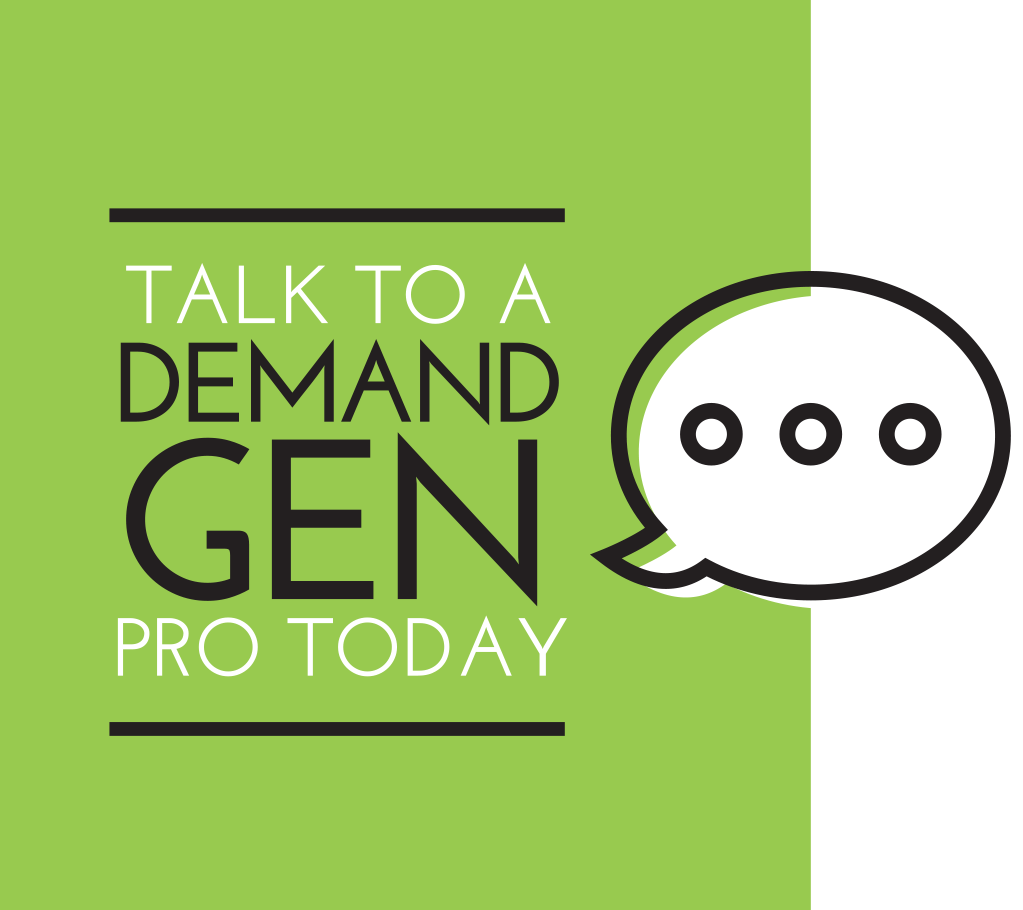What about the other 70% (those prospects not in your marketing automation efforts)?

Inbound marketing strategies and their corresponding content marketing tactics are significant components of most B2B marketers’ sales pipeline development plans. Substantial investments in time and money have been made developing strategy; creating content; and deploying marketing automation tools to support this important marketing channel. These investments make sense because inbound marketing has proven to be an effective method of identifying and engaging their target prospects.
But how efficient is inbound marketing at identifying and engaging the entire target market universe? Are these tactics uncovering every target company? Every potential decision-maker and influencer? Every opportunity?
It might be impossible to reach every prospect. However, recent data, along with our specific experience, indicate that inbound marketing falls well short of identifying and engaging 100% of a company’s target market. In fact, we’ve found that most organizations only have about 30% of their total market universe in their marketing databases and involved in their marketing automation efforts. They’ve done a great job identifying, engaging and nurturing these prospects, but what about the other 70% of the market?
There are prospects out there who are great fits, but they might not know that your solution or your company even exists. And if they do, they might not be inclined to visit your website, read your blog, download your whitepaper, click on your banner ad, or follow you on social media. And if they don’t use these or other methods to raise their hands, they’re essentially being ignored by many marketers.
Ignoring 3,500 prospects out of a potential universe of 5,000 isn’t a sustainable marketing strategy for any business. How many deals are going to your competitor because you just don’t know the opportunity exists? So what’s a business to do?
First, understand that your inbound marketing and marketing automation was never intended to comprise 100% of a marketing strategy. It’s just one piece of the puzzle. Inbound marketing should be married with an equally well-thought-out and funded outbound strategy. Your outbound strategy should include the following basic steps:
- Define your target market criteria. What type of company is your solution ideally suited for? Often the best place to determine this criterion is your current client base. What vertical markets are they in? How big are they? In what geographies do they reside? What functions/titles were involved in the decision to purchase your solution?
- Build a database of target companies and target decision-makers/influencers at those companies. There are numerous third-party resources you can use to procure this data, or you can roll up your sleeves and build it yourself.
- Audit your marketing automation tool to determine the percentage of your target universe that is known and you’re actively engaged with or nurturing.
- Identify the specific target companies/contacts that are not in your marketing automation database.
- Develop a strategy to engage with these target prospects or have them engage with you. All traditional outbound mediums should be evaluated including events/conferences, digital advertising, print advertising, radio/TV ads, direct mail, etc.
The final and most important step is to deploy an outbound cold calling program to initiate engagement with all the targets who’ve not engaged your company via any other channel. Placing an outbound call to a targeted prospect is the most direct method of engagement and it can generate immediate results. A short telephone conversation can quickly validate the legitimacy of prospect, yield valuable business intelligence, capture lead qualification data, and jump-start the sales cycle of a new opportunity.
Inbound and marketing automation is incredibly important, and will continue to be so. but it isn’t the end-all-be-all. Businesses must fill in the gap around key accounts. So remember to think outside the inbound/marketing automation box when figuring out the best marketing strategy for your business.


